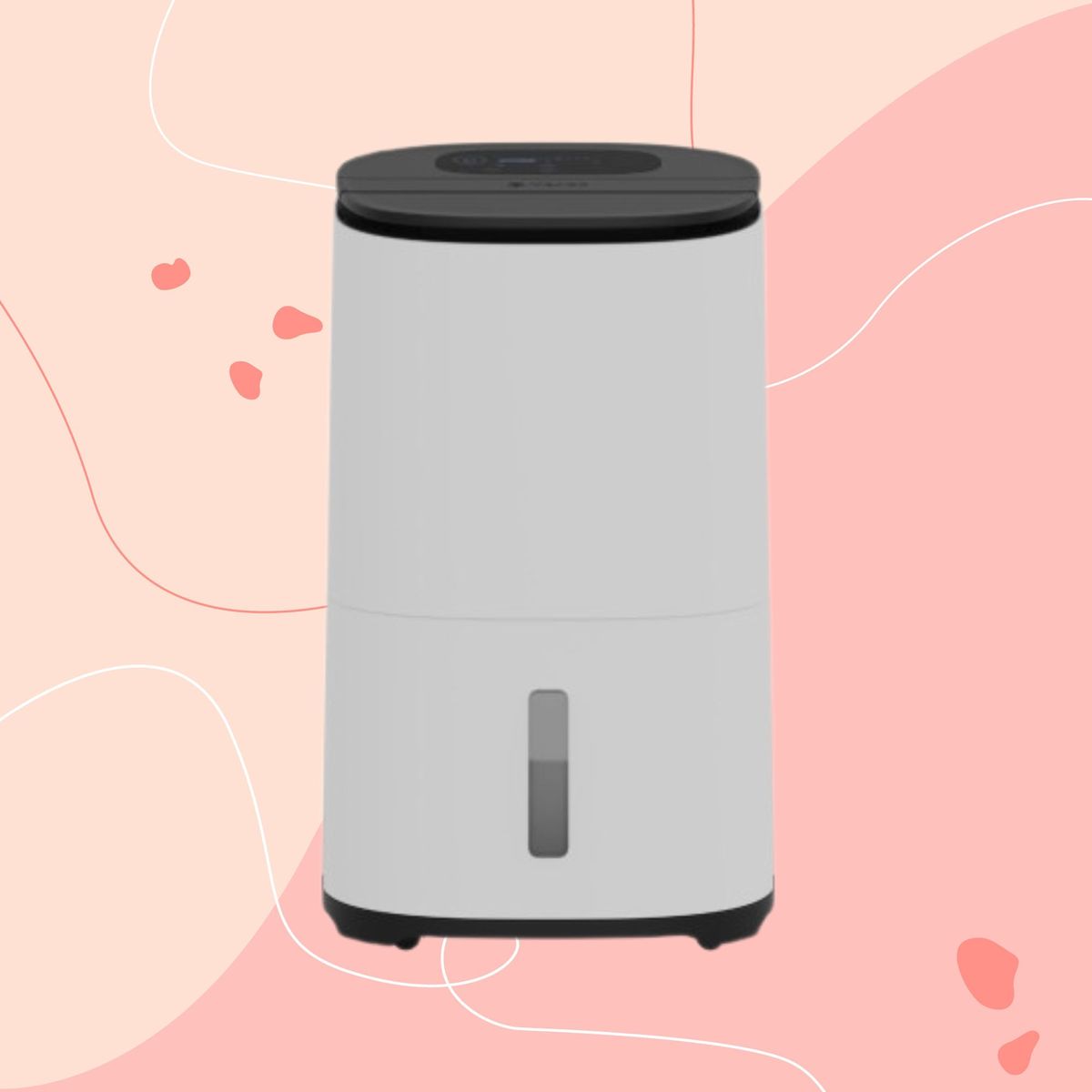Our Meaco Arete One only lasted 7 months before the control panel went. Thankfully it had a full Meaco 5 year guarantee, but we approached Argos for a swap out first. Unfortunatly no in stock, so they gave us a full refund. (well done Argos)
So we decided to wait for this winter to arrive before dipping our toes back in. Then I saw that Meaco had produced a much improved Meaco Two 25L machine so we waited for this to come back into stock at Argos.
We took delivery on Thursday, and very similar looking to the old Meaco One dehumidifier with a few nice touches added for usability. It also sports a bigger laundry fan speed to get them clothes dried quicker for when when the Octopus Agile do not have any deals on their KWH price for tumbe drying.
Reviews
It's fixed the issues we had with the Arete One, and then some

www.idealhome.co.uk
So what are the differeces between the Arete One and the Arete two machines?
| Arete® One 25L | Arete® Two 25L |
| Dimensions (HWD) | 618 x 366 x 272 mm | 618 x 366 x 272 mm |
| Weight | 16 kg | 16.1 kg |
| Premium LCD ‘Chase’ Display | No | Yes |
| Fan Motor Type | AC Motor | DC Motor |
| Fan speeds | Low fan speed: 150 m³/h
High fan speed: 175 m³/h | Low fan speed: 150m³/h
Medium fan speed: 175m³/h
High fan speed: 255m³/h |
| Noise level | 40 and 42 dB(A) | 40, 42 and 50 dB(A) |
| Cost to run | 7p / hour based on 24.50p / kWh | 6p / hour based on 24.50p / kWh |
| Louvre | No | Yes |
| On/ Off Timer | No | Yes |
| Timer options on Laundry Mode | No | Yes |
| High Humidity “WET” Indicator | No | Yes |
| Optimal Humidity Heart Indicator | No | Yes |
| App-enabled | No | Yes |
| Warranty | 5 years | 5 years |
A unique, premium, LCD ‘Chase’ display
Starting with the unique premium LCD chase display, you can see all the information you need at a glance: current humidity, target humidity, recommended humidity, current mode, timer, ‘WET’ indicator, tank full icon and WiFi/app pairing. This is the first dehumidifier of its kind to offer a premium LCD digital display to show your humidity data, offering you more control than ever. The big advantage with the Chase display is that you can see, at a glance, the room humidity, your target and your progress towards the optimum levels.
App and voice command enabled
Arete® Two is our first app-enabled dehumidifier meaning you can control every setting from the palm of your hand! Change the mode, check the humidity level or adjust the fan speed while you dry laundry in the utility room, without having to move away from the sofa. Already in bed and forgot to set the dehumidifier to Night Mode? No problem! And because Arete Two® can now communicate via your phone, you can also link to Google Home and Alexa and even set up rooms. “Ok Google, turn on the kitchen dehumidifier”, “Alexa, change Arete® to Laundry Mode”. It’s that easy!
Engineered with a high air volume DC motor: Less noise, less energy
In terms of functionality, Arete® Two has been engineered with a DC motor, the same whisper quiet motor we use in our fans. This means in ‘high’ fan speed can move up to 50% more air whilst using less energy; meaning it’ll dry your laundry faster whilst using the same amount of energy.
An additional Laundry Busting fan speed with proportional control
With the DC Motor at the centre of the Arete® Two design, it offers you additional laundry busting fan speed as well (now 3, instead of the standard 2) with minimal noise and proportional control, providing a gentle acceleration and deceleration between modes. Say goodbye to clunky noises and hello to more power for less energy, vital when drying laundry at home or for rapid dehumidification.
Manual louvre
Drying Laundry has never been more efficient, thanks to this additional fan speed and manual louvre. Using the louvre to direct airflow onto your laundry will reduce drying times as a result of the targeted airflow.
ON/OFF and adjustable laundry timers
The ON/OFF and adjustable Laundry Mode timer in Arete® Two also allows you to set a timer between 1 and 12 hours depending on what laundry you have hanging on the clothes airer; choose a shorter timer for small loads of underwear, and a longer timer when drying towels or bedding. With Arete® Two, you have more control, saving you time and energy; it has been developed to work around you and your needs better than ever before.
High Humidity “WET” Indicator and Optimum Relative Humidity Heart indicator
In addition to the new features already listed, Arete® Two has been designed with a High Humidity “WET” and Optimal Humidity Heart Indicator. A simple solution to showing you when you need to switch your dehumidifier back on! If you’ve turned the dehumidifier off after doing a load of laundry or whilst you’ve been away for the weekend, Arete Two® tells you that the humidity level has significantly risen above your normal target and that you should turn it back on. You’ll see “WET” appear on the display and you’ll know to switch it back on to continue optimising your home humidity. The heart indicator shows the optimum relative humidity for the average home in the UK, at 55% RH, you’ll see a little love heart on the display telling you that this is the best target humidity to set.






